In the course of one of our Sky Paintings Challenge, we saw dozens of different approaches to the subject matter. Two styles of painting clouds were particularly striking, in part because of their contrast to one another. Check out two ways to look at high-altitude water vapor.
The clouds in Lon Brauer’s paintings are energetic, and that’s purposeful. But Brauer’s clouds are purposeful in another way— he makes a point of knowing how to paint a subject before he sets foot outside the door. “Know what you are going to do,” he says. “In the case of clouds, you need to first understand that they have form — a front, a top, a bottom, and a back — and you need to understand how they sit in the sky in perspective.”
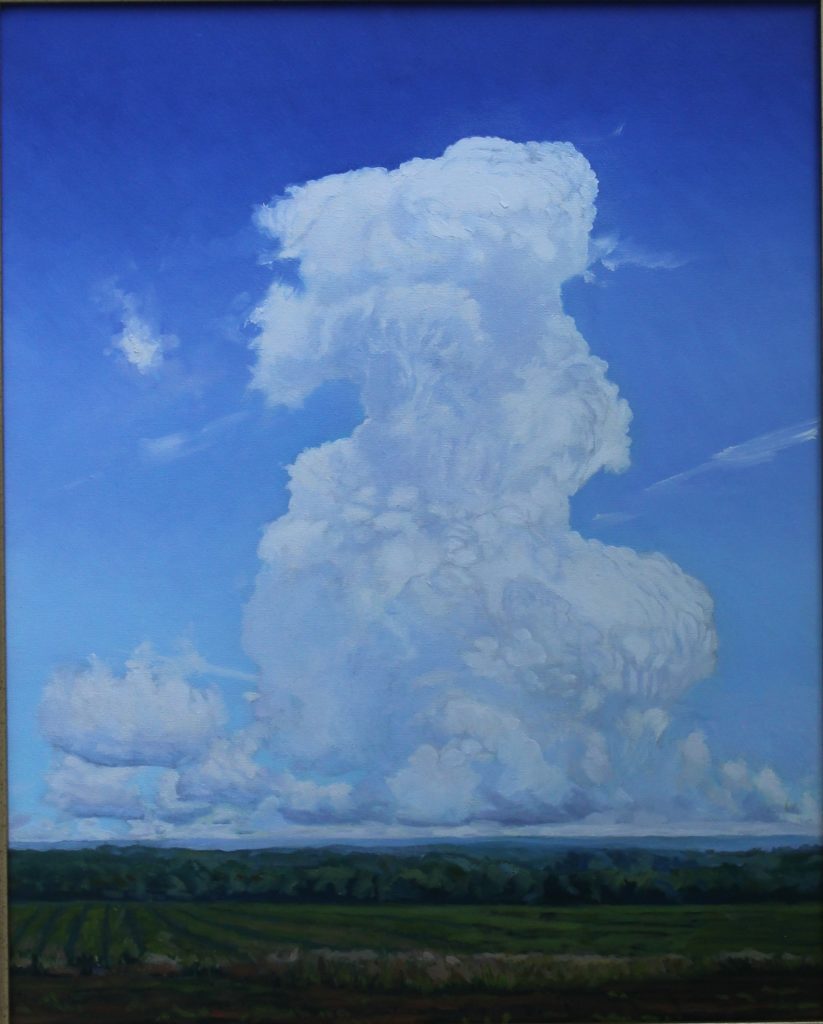
Once these basics are incorporated into the painter’s approach, Brauer advocates energy. “When teaching, I would often say about a still image, whether it’s a photo or a painting, ‘Can you make it move?’” he says. “Photography is rather static. That’s not what I want to do; I want a sense of movement. I try to get this through broken edges and action lines. That’s how we see. Vision is a lot of still images coming into our brain and our brain puts it all together in movement. How do you do this in paint? I admire what tight painters do, but I like to show my hand.”
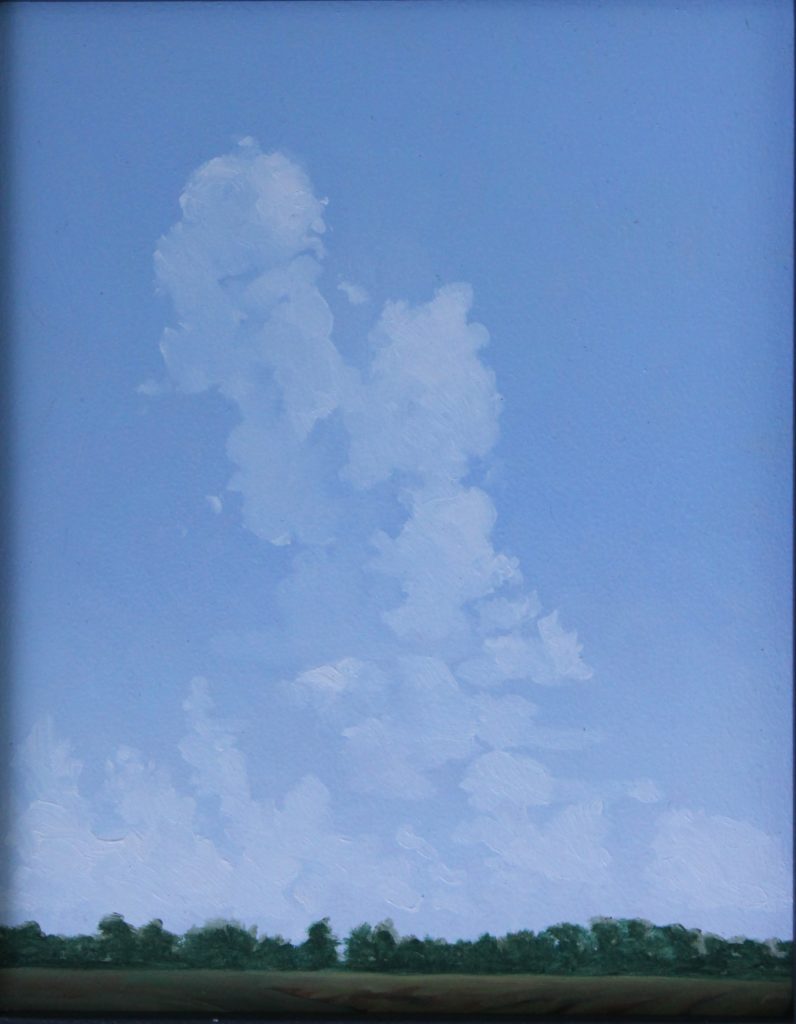
A Different Approach to Painting Clouds
Edward Charney has a very different approach. Brauer may like painting clouds, but Charney is utterly devoted to it. “I’ve been working with clouds as subject matter for something like 40 years,” he says. “It is a constant interest; I never stop getting excited by what’s happening in the sky.”
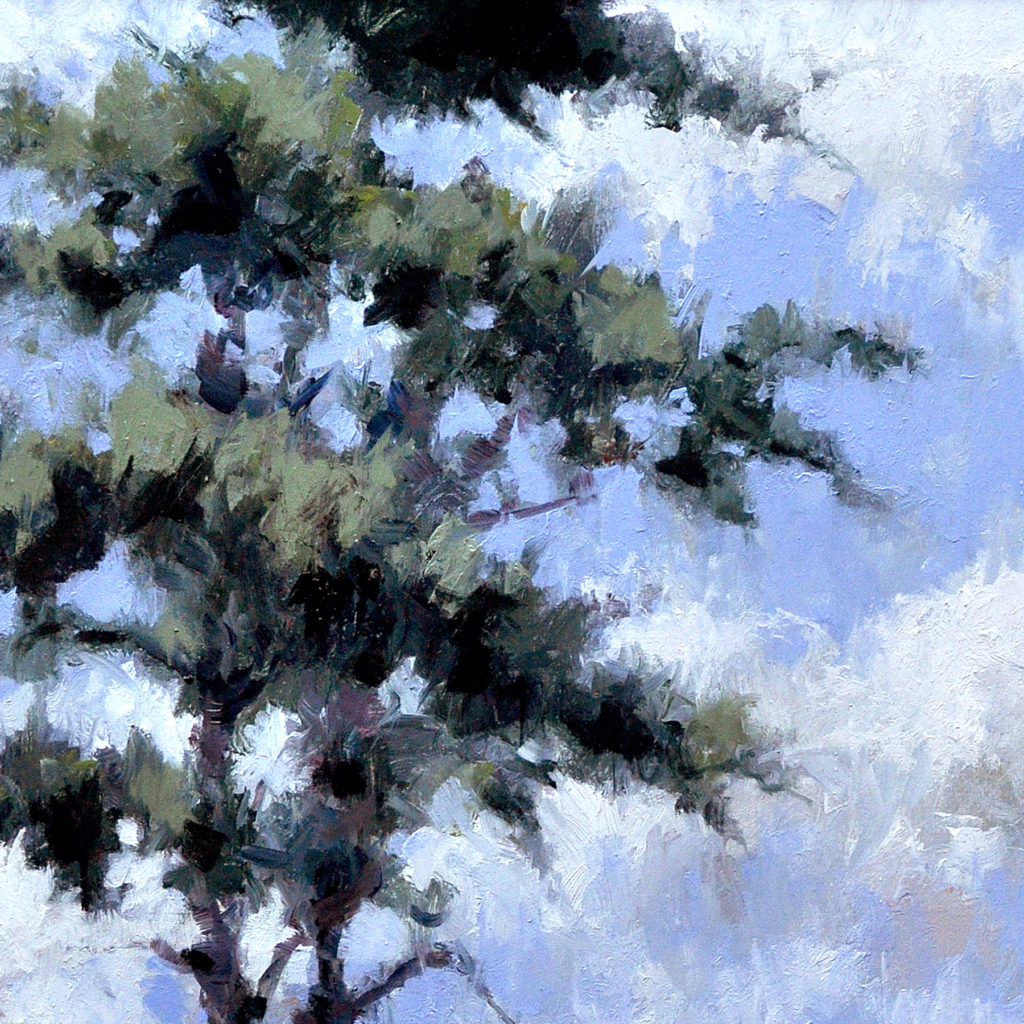
But while Brauer is about capturing the motion, Charney is about suggesting their mystery. “Clouds are fascinating,” says Charney. “They can be of such large volume, and have a lot of power in them — especially thermal towers, my favorite. Thermal towers are three-dimensional — they have volume — yet you can fly right through them in a plane, no problem. They reflect all the ambient colors in the environment — the sky, the ground, and the light hitting them. Clouds are a beautiful fixture, one with this interesting intersection of so many things. Cloud masses can be the size of Colorado, or a little puff from an industrial thing.”
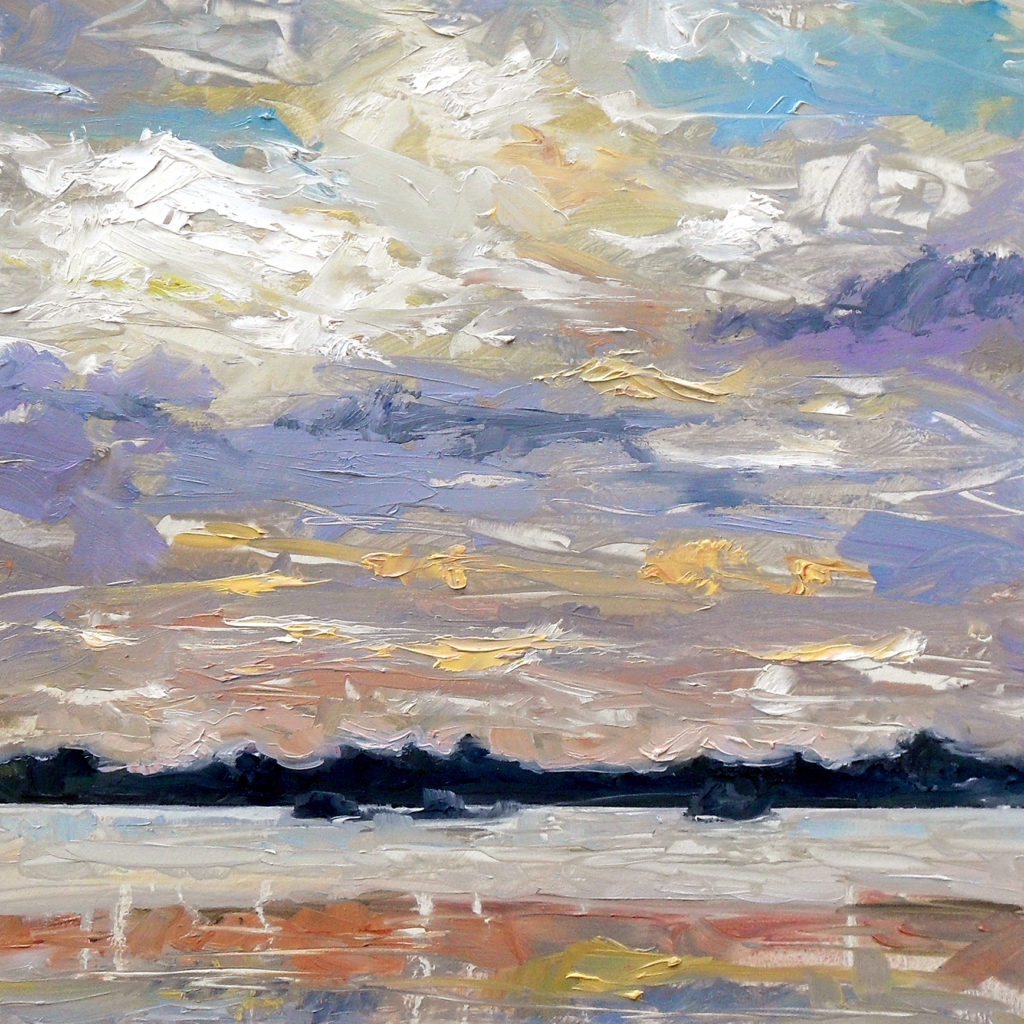
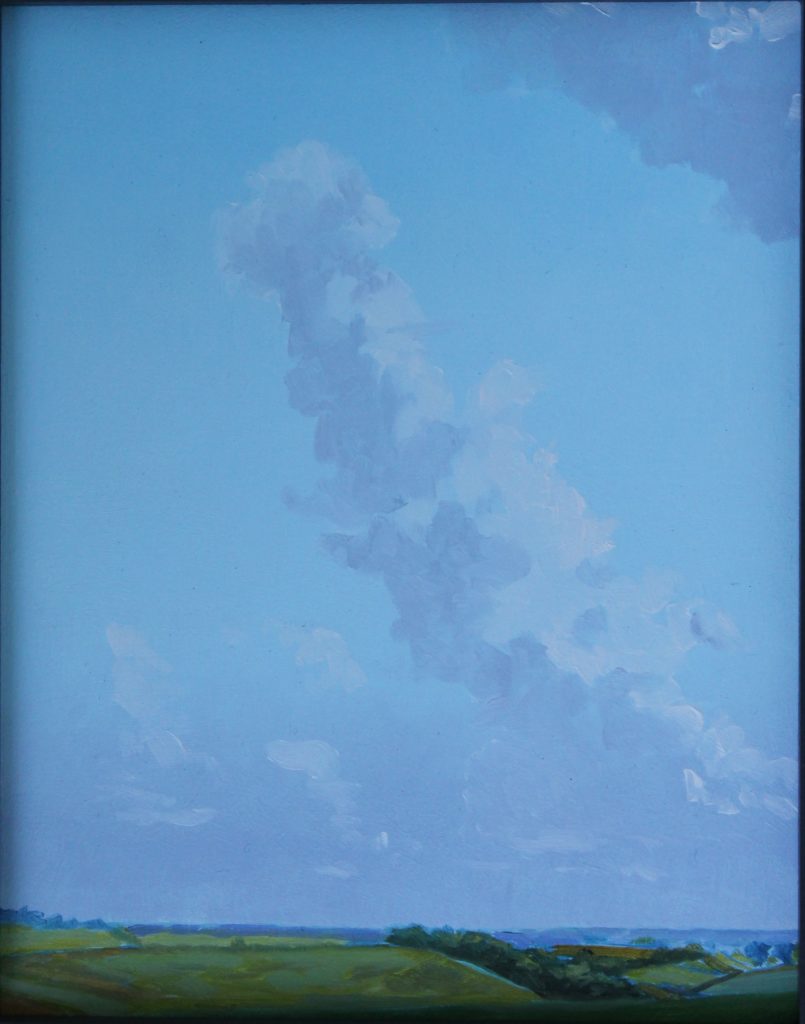
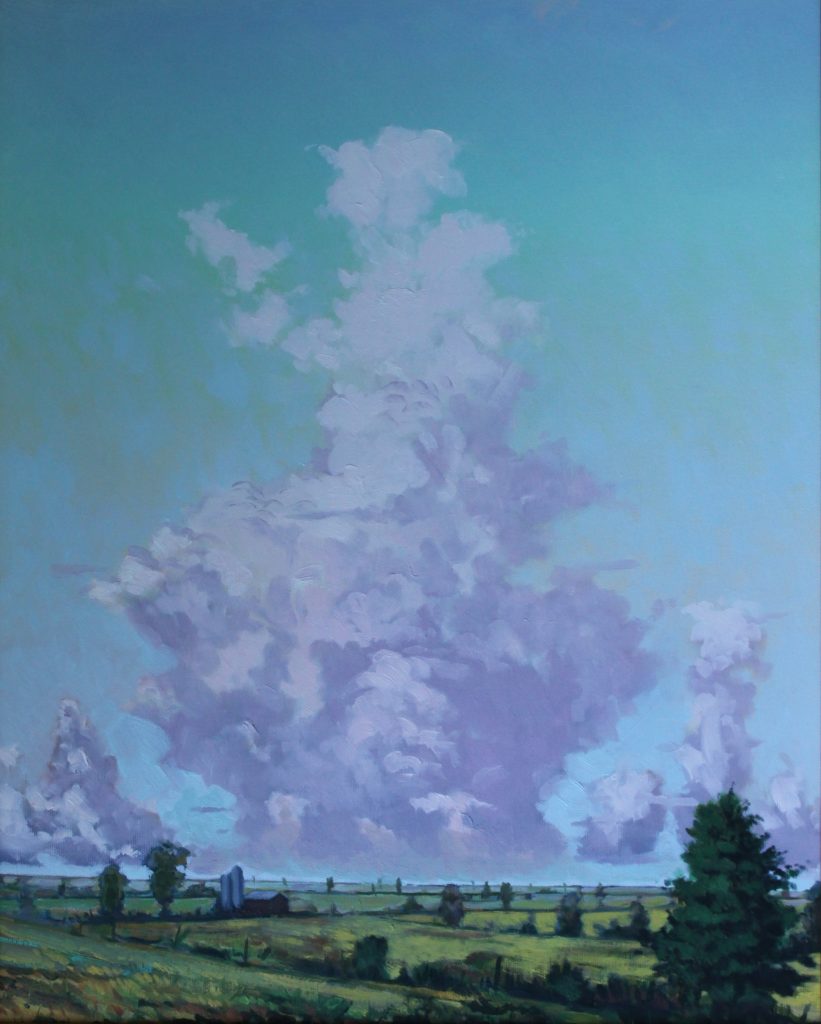
Here’s Charney’s apporach for painting clouds. First, he thinks of them like many painters think about ocean waves. “Clouds are always moving, evolving, and morphing into new shapes,” says Charney. “Just as you don’t paint one specific wave, but rather the summary or essence of all the waves, I paint how they look, not specifically what I saw.”
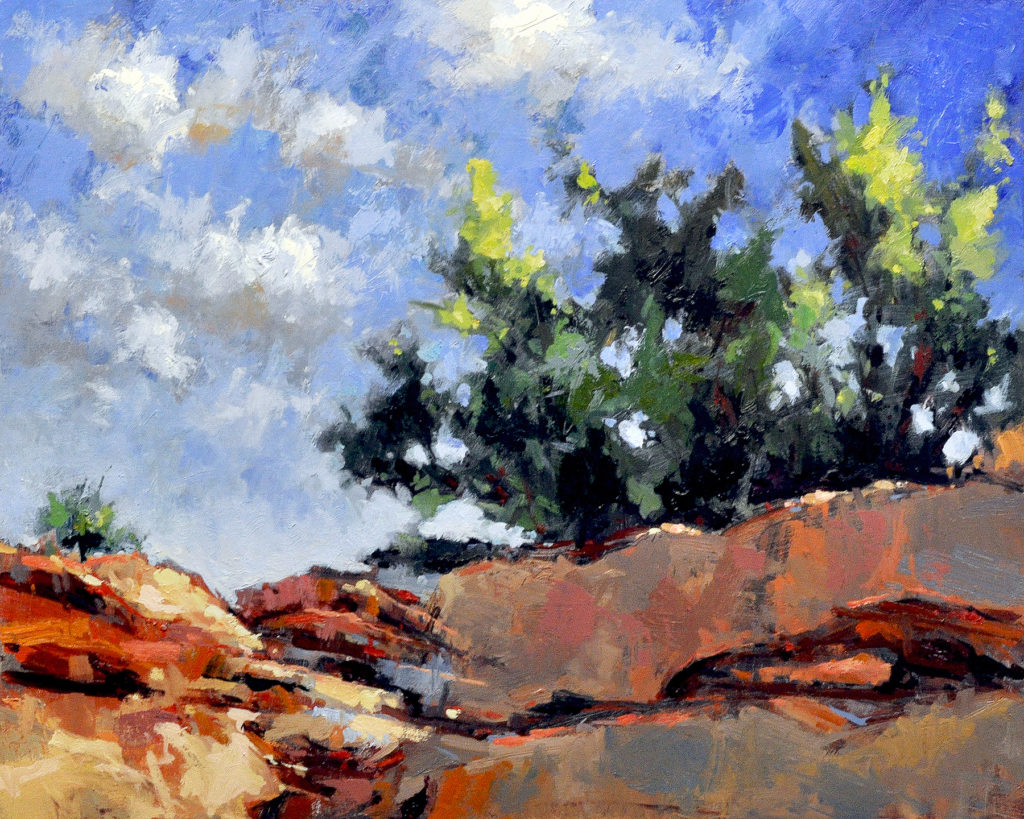
In general, his process begins with painting the sky color, then Charney makes the basic statement of the overall form and shape of the cloud. His color for this mass is the second-to-highest value in the cloud. “It’s easier to darken that value later,” he says. “I then work the shadows into the underside of the cloud, and the other places the shadows need to be. I blend this shadow color, which on the underside includes some of the ground color, into that lighter value to create a middle value. Next I restate the highlights with the lightest value of the cloud, and make sure I am indicating the direction of the light source through the shadow relationships. In general, the darker values are warmer and the highlights are cooler, with the middle value a more neutral gray.”
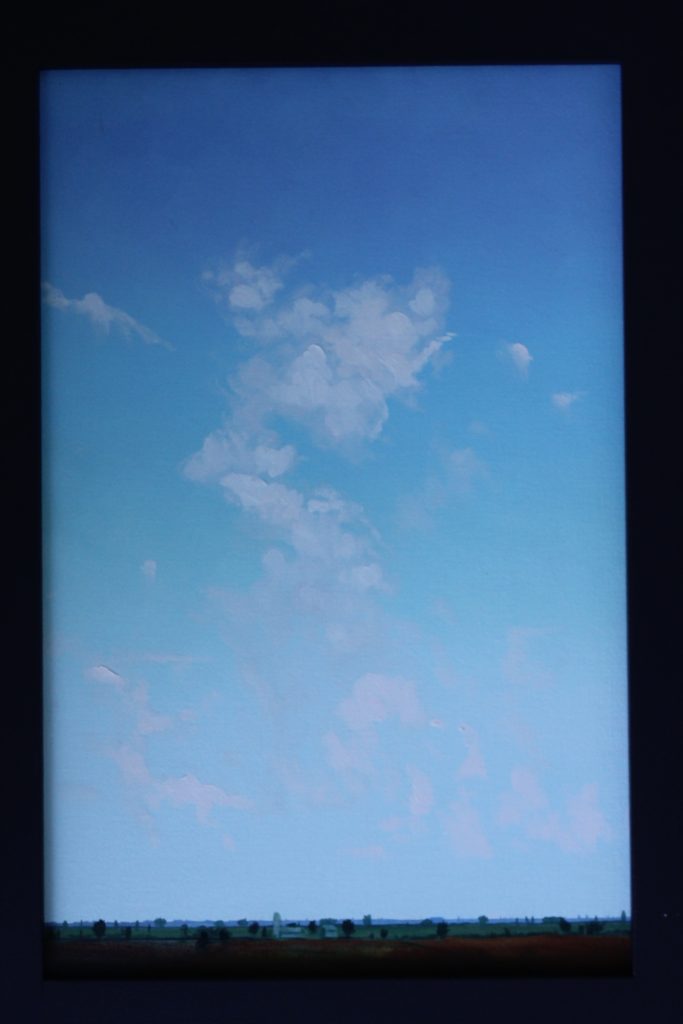
Given the detail in many of Charney’s paintings, one would think that the artist paints them in the studio, from reference photographs. Charney does paint clouds in the studio, but he eschews photos. “Photo color is never reliable, so I train myself to rely on my memory,” he says. “My 16”-x-20” studio paintings are derived from my plein air observations — I paint 8”-x-10” studies on location. Outside, every brush mark counts because of the limited amount of time, and you must approach all parts of the painting democratically. Brushstrokes, once laid down, must remain, because there’s no time to fuss with it.”
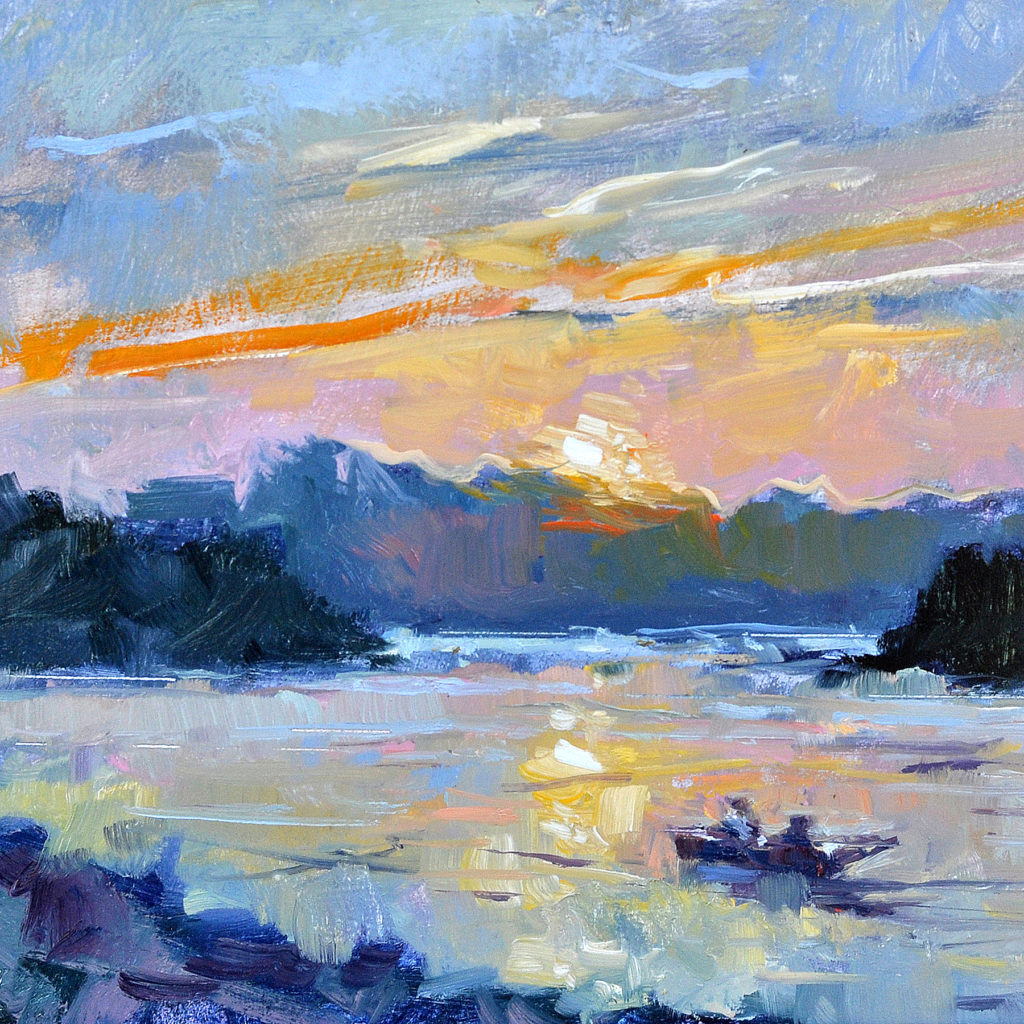
Charney says, “The sky is often left as the secondary element in a painting, but for me, it’s the primary element. Clouds are my favorite subject matter inside and outside of landscape, and no matter where I live they will always be an inspiration.”
Upcoming travel and art events with Streamline Publishing:
> Click here to subscribe to the free newsletter, Plein Air Today
> And click here to subscribe to PleinAir Magazine so you never miss an issue!

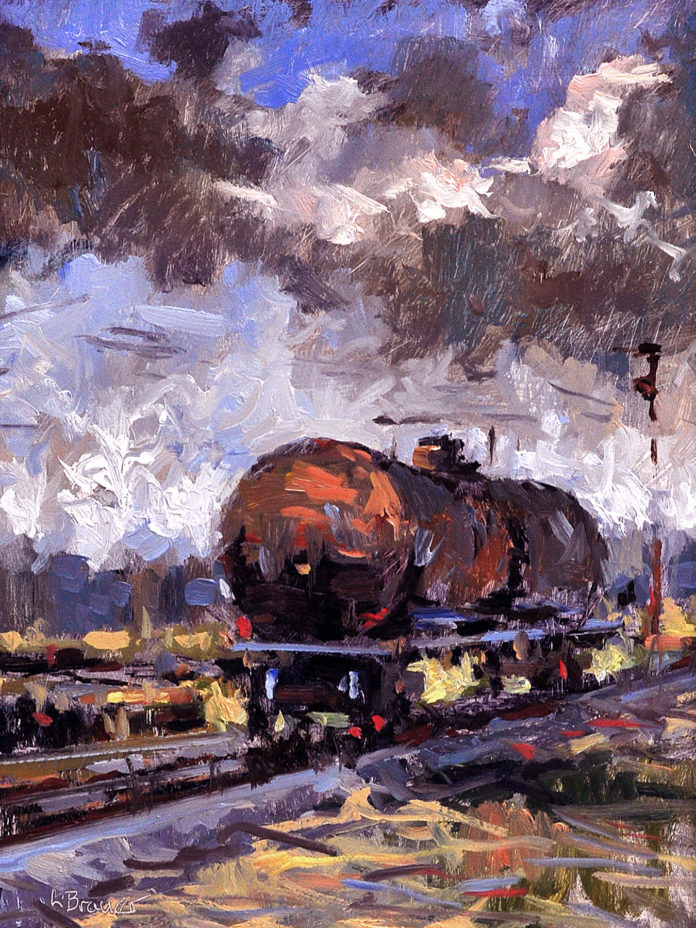



Beautiful paintings. Thanks for sharing the artist’s theories and inspirations.